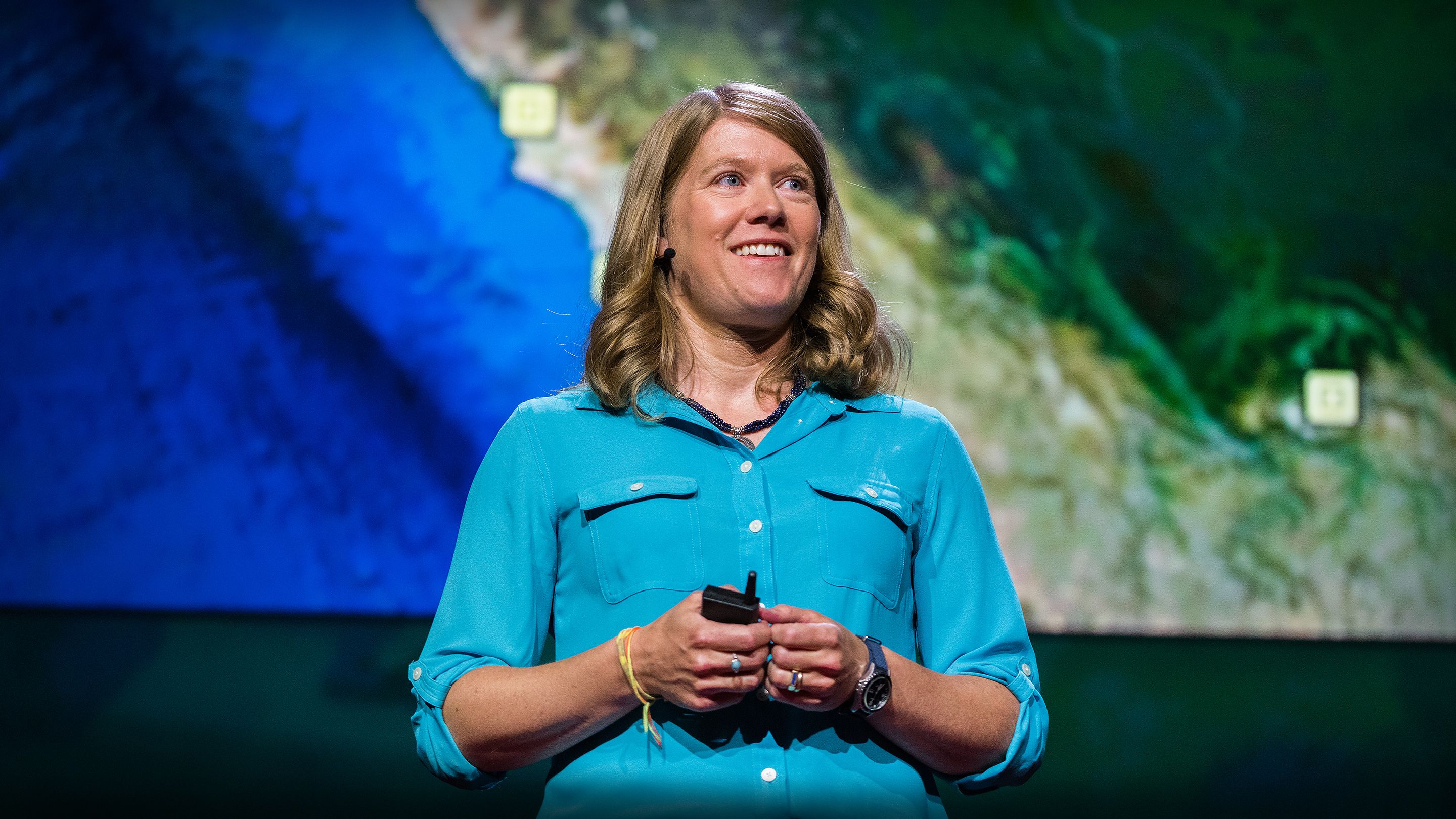ペルーの失われた文明を衛星で探す
1,251,599 views |
サラ・パーキャック |
TEDSummit
• June 2016
世界には、数知れない失われた古代遺跡があり、土に埋もれて隠されています。衛星考古学者のサラ・パーキャックはそれを盗掘者よりも先に発見しようと心に決めています。TED Prize 2016によりパーキャックが構築しているのは、GlobalXplorerという市民科学のオンラインツールで、たくさんのボランティア探検家たちが世界中の隠れた遺産を発見し保護できるようにする訓練ツールです。このトークでは、パーキャックが第一の調査地のペルーを垣間見せてくれます。マチュピチュ、ナスカの地上絵をはじめとする考古学上の奇跡の地が、発見されるのを待っています。
